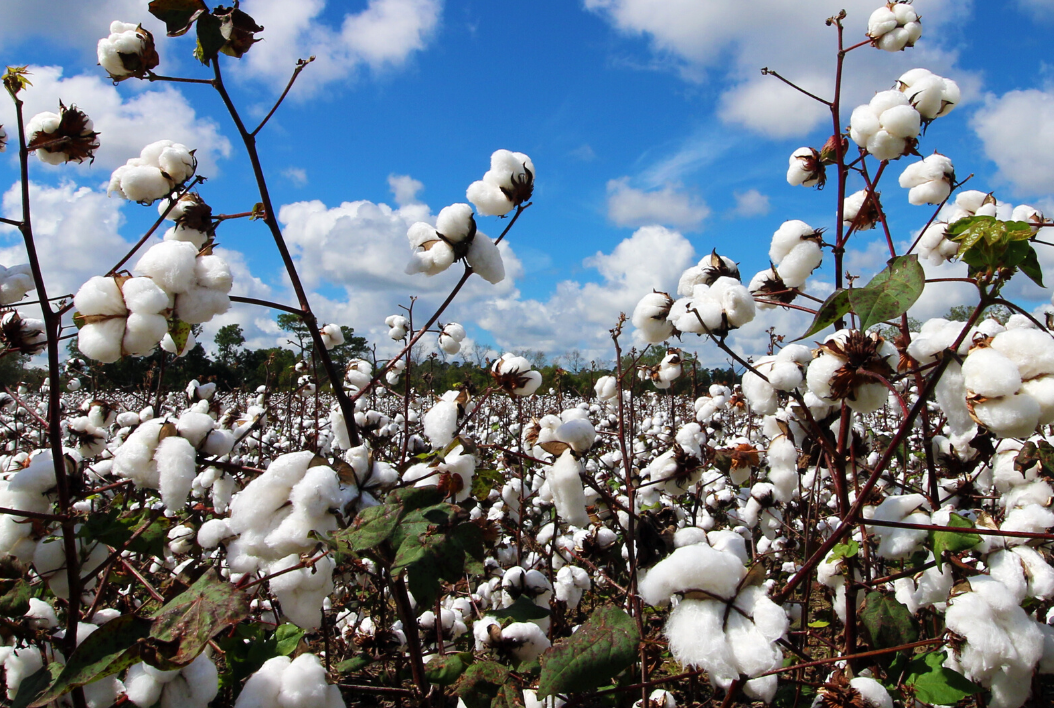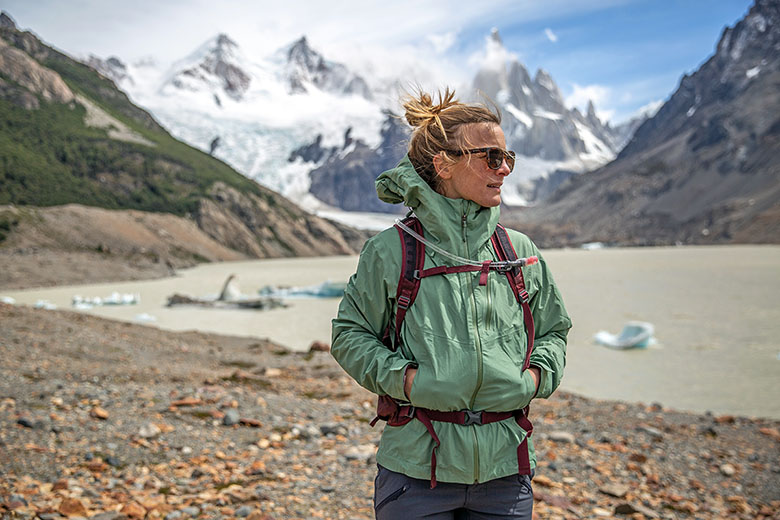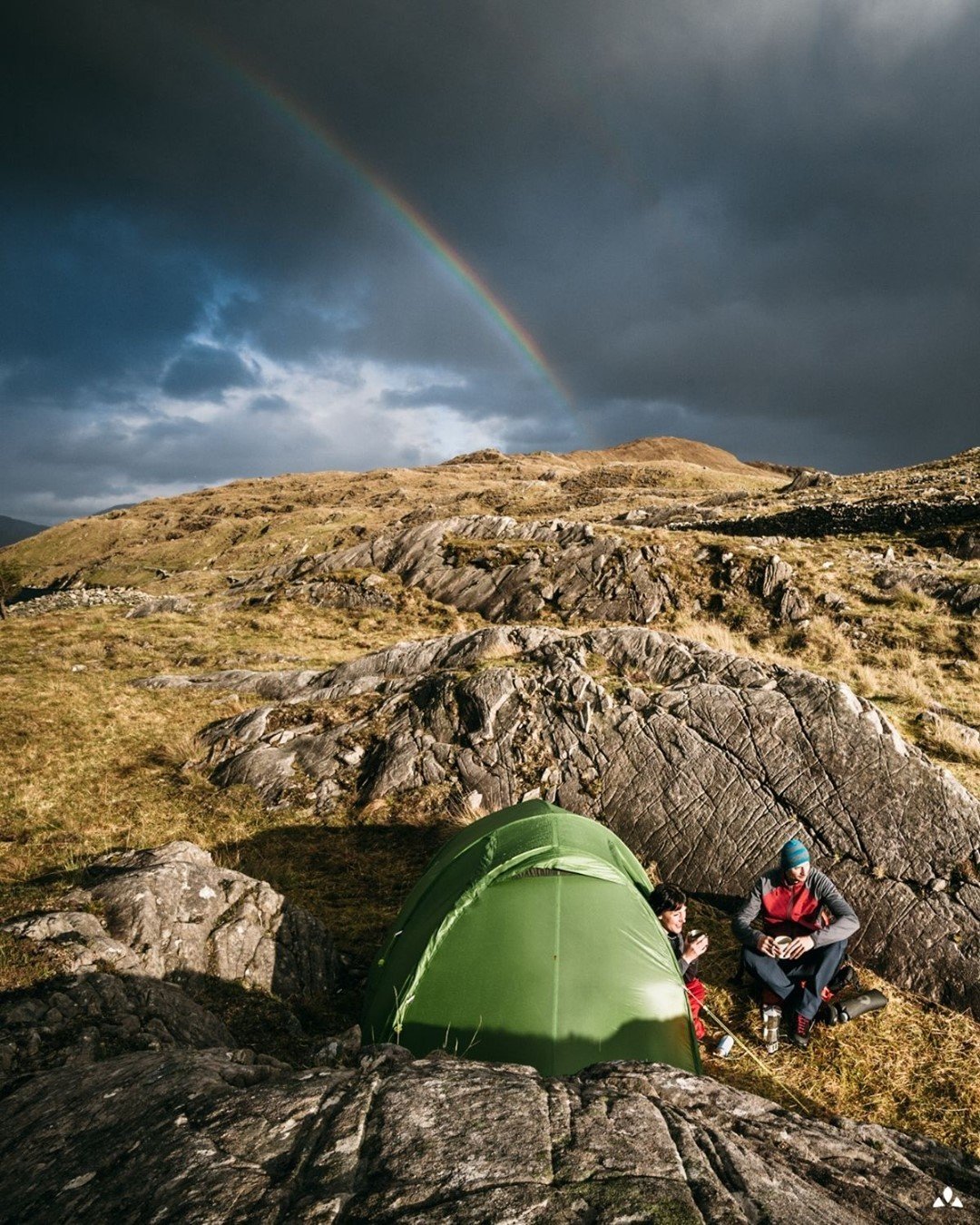Eco-Friendly Trekking Gear: Sustainable Options for the Conscious Hiker
As awareness of environmental sustainability grows, so does the demand for eco-friendly trekking gear that minimizes impact on the planet. This article delves into sustainable options for hikers, exploring eco-conscious materials, brands, and practices that prioritize both performance and environmental responsibility. Whether you're gearing up for a day hike or a multi-day trek, discover how you can tread lightly on the Earth while enjoying the great outdoors.
Sustainable Materials for Trekking Gear
1. Recycled Polyester

Overview: Recycled polyester is made from post-consumer plastic bottles or recycled polyester garments. It reduces plastic waste and energy consumption compared to virgin polyester production.
Benefits:
Durability: Similar durability and performance to virgin polyester.
Moisture Wicking: Excellent moisture-wicking properties for comfort during hikes.
Availability: Widely used in clothing, backpacks, and sleeping bags.
2. Organic Cotton

Overview: Organic cotton is grown without synthetic pesticides or fertilizers, reducing environmental impact and promoting soil health.
Benefits:
Breathability: Natural breathability for comfort in various climates.
Hypoallergenic: Ideal for sensitive skin.
Versatility: Used in clothing, tents, and sleeping bags.
3. Hemp

Overview: Hemp is a versatile and sustainable material that requires minimal water and no pesticides to grow. It's durable, breathable, and naturally resistant to mold and UV rays.
Benefits:
Durability: Strong and long-lasting material suitable for rugged outdoor use.
Environmental Benefits: Regenerative crop that improves soil health.
Versatility: Used in clothing, footwear, and backpacks.
4. Merino Wool

Overview: Merino wool is sourced from Merino sheep and is biodegradable, renewable, and naturally antimicrobial.
Benefits:
Temperature Regulation: Keeps you warm in cold weather and cool in warm weather.
Moisture Management: Wicks moisture away from the skin.
Odor Resistance: Reduces the need for frequent washing.
Sustainable Brands and Practices
5. Patagonia

Overview: Patagonia is renowned for its commitment to environmental sustainability. They use recycled materials, fair trade practices, and promote corporate transparency.
Initiatives:
Worn Wear Program: Encourages repair, reuse, and resale of used Patagonia gear.
Regenerative Organic Certification: Supporting organic farming practices that regenerate soil health.
6. Cotopaxi

Overview: Cotopaxi creates outdoor gear using sustainable materials and practices while giving back to communities through their global initiatives.
Initiatives:
Llamapack Initiative: Upcycling leftover fabric into llama-shaped backpacks, minimizing waste.
Grants and Community Projects: Funds from each sale support poverty alleviation and community development.
7. Tentree

Overview: Tentree is committed to sustainability by planting ten trees for every item purchased and using eco-friendly materials like organic cotton and recycled polyester.
Initiatives:
Tree Planting: Over 65 million trees planted in various reforestation projects worldwide.
Fair Trade Certification: Ensures ethical manufacturing practices.
Eco-Friendly Gear for Specific Needs
8. Solar-Powered Gadgets
Overview: Solar-powered gadgets such as solar chargers and lanterns reduce reliance on disposable batteries and minimize environmental impact.
Benefits:
Renewable Energy: Harnesses solar energy to charge devices.
Portability: Lightweight and portable for outdoor use.
9. Biodegradable Hygiene Products

Overview: Biodegradable hygiene products like soap, shampoo, and toothpaste reduce water pollution and minimize environmental impact.
Benefits:
Natural Ingredients: Made from natural and organic ingredients.
Leave No Trace: Break down naturally without harming ecosystems.
Tips for Sustainable Trekking
10. Leave No Trace Principles

Overview: Follow Leave No Trace principles to minimize your impact on the environment:
Plan Ahead and Prepare: Research and prepare for your trek to minimize waste.
Dispose of Waste Properly: Pack out all trash and dispose of waste in designated areas.
Respect Wildlife: Observe animals from a distance and avoid disturbing their habitats.
Conclusion
Embracing eco-friendly trekking gear not only reduces your carbon footprint but also supports sustainable practices in the outdoor industry. By choosing gear made from recycled materials, supporting ethical brands, and practicing Leave No Trace principles, hikers can enjoy the natural world responsibly. Whether you're exploring local trails or embarking on a wilderness adventure, prioritize sustainability to ensure future generations can also experience the beauty of our planet.



